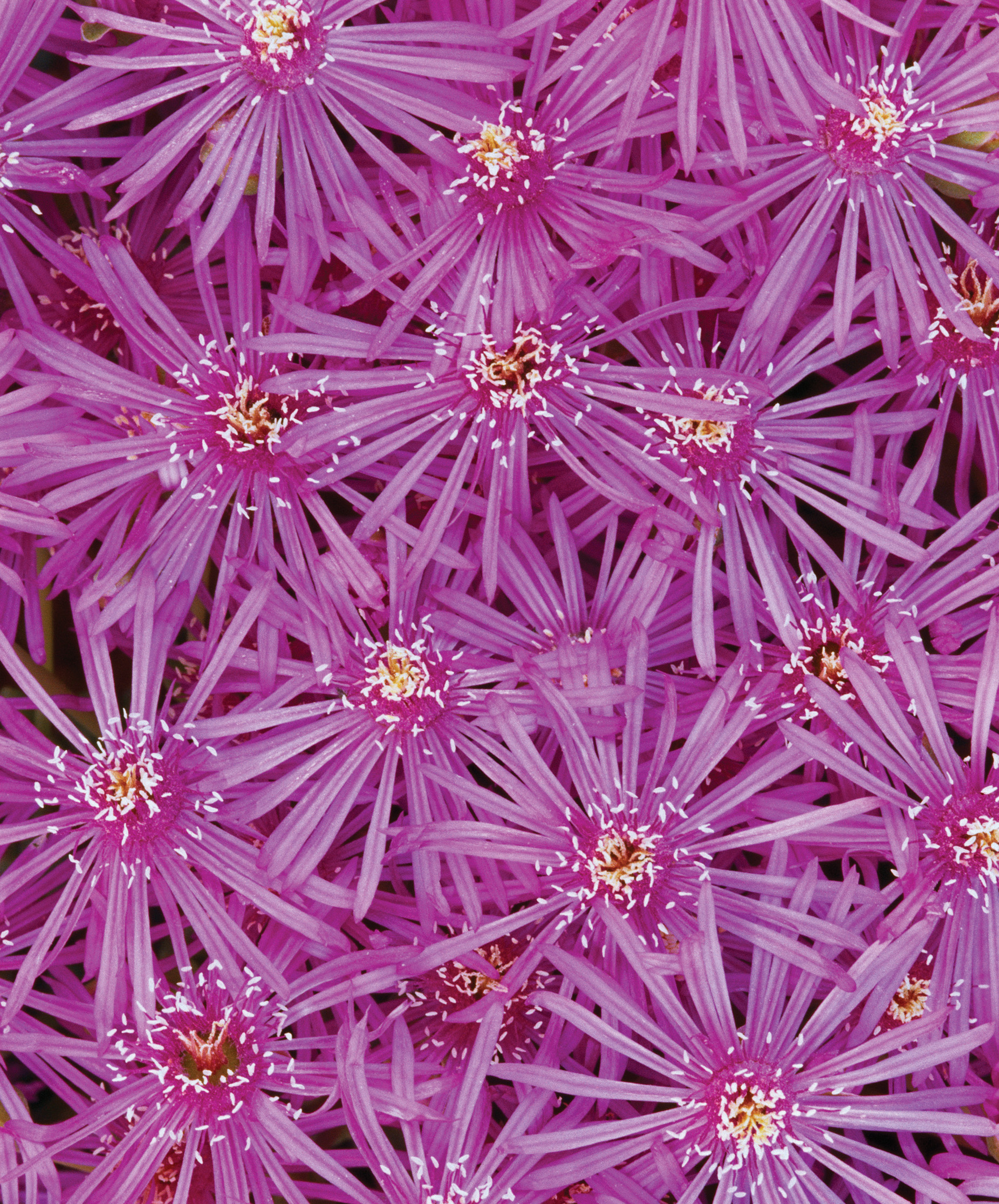CHAPTER 30 INTRODUCTION
CORE CONCEPTS
30.1 The plant life cycle evolved in ways that enhance the ability to unite gametes and disperse offspring on land.
30.2 Angiosperms (flowering plants) attract and reward animal pollinators, and they provide resources for seeds only after fertilization.
30.3 Plants have sensory systems that control the timing of flowering and seed germination.
30.4 Many plants also reproduce asexually.

As plants moved onto land, the challenges of carrying out photosynthesis in air were matched by the difficulties of completing their life cycle. The algal ancestors of land plants relied on water currents to carry sperm to egg and disperse their offspring. On land, the first plants were confronted with the challenge of moving gametes and offspring through air. Air is less buoyant than water, provides a poor buffer against changes in temperature and ultraviolet radiation, and increases the risk of drying out. As plants diversified on land, structures evolved that allow both gametes and offspring to survive being transported through air. For these structures to be useful, plant life cycles had to undergo radical change. The modification of land plant life cycles is a major theme in plant evolution.
The gametes and offspring of many land plants are carried passively by the movement of the air (or in a few cases, water—think coconuts). However, some plants evolved the capacity to harness animals as transport agents. In particular, the flowers and fruits of angiosperms influence animal behavior through their colors, scents, and food resources. Animals attracted by the food provided by flowers (or in a few cases, by the false promise of a mate) transport male gametes from one flower to another. Animals that eat fruits or inadvertently carry them attached to their fur are key agents of seed dispersal. As plants diversified on land, coevolution with animals emerged as a second major theme in plant evolution.